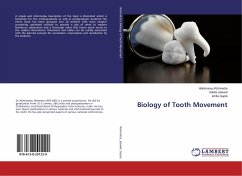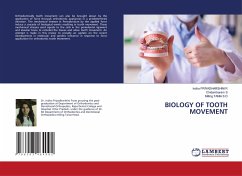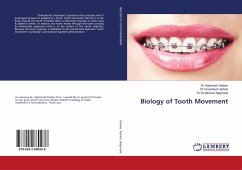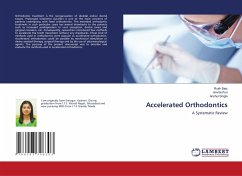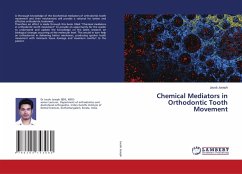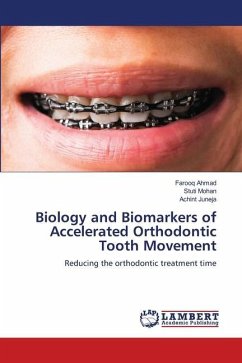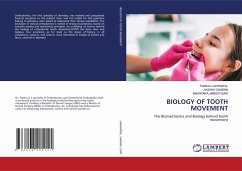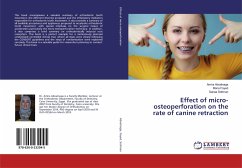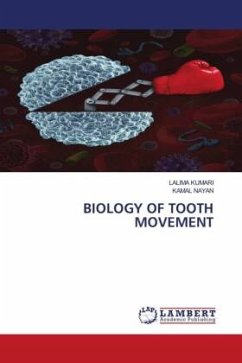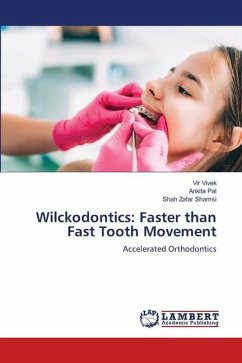
Wilckodontics: Faster than Fast Tooth Movement
Accelerated Orthodontics
Versandkostenfrei!
Versandfertig in 6-10 Tagen
40,99 €
inkl. MwSt.

PAYBACK Punkte
20 °P sammeln!
Orthodontic force induces a cellular response in the periodontal ligament, which brings about bone resorption on the pressure side and bone deposition on the tension side. This happens via induction of osteoclasts via the RANK-RANKL pathway and presence of various inflammatory mediators such as IL-1, IL-8, TNF-alpha, etc. Surgical methods have been used since long to accelerate tooth movement. These methods were based on the principle that when the bone is irritated surgically, an inflammation cascade is initiated which caused increased osteoclastogenesis, hence causing faster tooth movement (...
Orthodontic force induces a cellular response in the periodontal ligament, which brings about bone resorption on the pressure side and bone deposition on the tension side. This happens via induction of osteoclasts via the RANK-RANKL pathway and presence of various inflammatory mediators such as IL-1, IL-8, TNF-alpha, etc. Surgical methods have been used since long to accelerate tooth movement. These methods were based on the principle that when the bone is irritated surgically, an inflammation cascade is initiated which caused increased osteoclastogenesis, hence causing faster tooth movement (Regional Acceleratory Phenomenon or Periodontally Accelerated Osteogenic Orthodontics). This new surgery technique included buccal and lingual full-thickness flaps, selective partial decortication of the cortical plates, concomitant bone grafting/ augmentation, and primary flap closure.There is surgical wounding of osseous hard tissue results in strking reorganising activity adjacent to the site of injury in osseous and/ or soft tissue surgery and frost termed this cascade of physiologic healing events the regional accelerated phenomenon.




